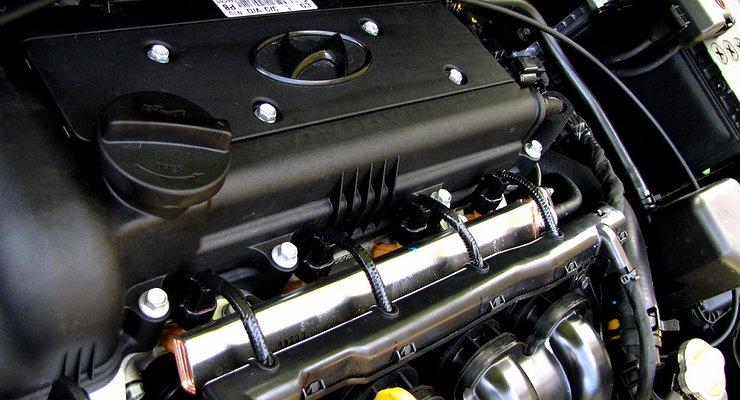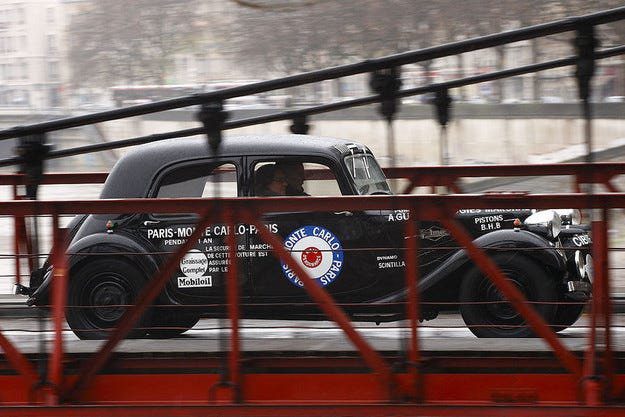
5 myths about the reliability of the Hyundai Solaris engine
Content
Hyundai Solaris is a super popular car, and therefore, inevitably, the car begins to “acquire” myths. Like, the motor “walks” a little, it requires a lot of attention, and so on. The AvtoVzglyad portal tells whether this is really so.
Now, under the hood of the Hyundai Solaris, a second-generation 1,6-liter engine is running. The unit of the Gamma family is in-line, sixteen-valve, with two camshafts. Here are some myths associated with this engine.
Small motor resource
Since the car is popular with taxi drivers, we can safely say that with good and timely care, these power units travel up to 400 km. You just need to change the engine oil more often. Usually, experienced drivers do this not after 000 km of run, as prescribed by the instructions, but on runs of 15-000 km. In addition, you need to refuel at proven gas stations and prevent overheating of the power unit.
Engine non-repairable
This myth is due to the fact that the motor has an aluminum cylinder block. But do not forget that at the same time, cast-iron liners are installed in the inner surface of the cylinders. This design allows you to change the sleeves. Moreover, the engine can be "re-engineered" several times. So it is quite repairable.
Chain drive is unreliable
As the practice of all the same taxi drivers shows, a multi-row gear chain in the timing drive serves 150–000 km of run. And sometimes the sprockets wear out faster than the chain. Let's make an amendment here: all this is achievable if the driver's driving style is unsportsmanlike.

Lack of hydraulic lifters
It is believed that this creates a lot of problems for the owner. Indeed, saving on hydraulic lifters does not honor the Koreans, but you can live without them. Moreover, according to the technical regulations, it is necessary to regulate the valves no earlier than after 90 km of run.
Poor collector design
Indeed, there have been cases when particles of ceramic dust from the catalytic converter were sucked into the piston group of the engine, which led to the formation of scoring in the cylinders. Which gradually brought the engine to overhaul.
But a lot depends on the owner. Thermal shocks lead to the gradual destruction of the converter, for example, when driving through puddles, pouring various fuel additives into the tank, as well as interruptions in the ignition, due to which unburned fuel accumulates in the ceramic block of the converter. So if you keep an eye on the car, the overhaul of the motor can be avoided.

